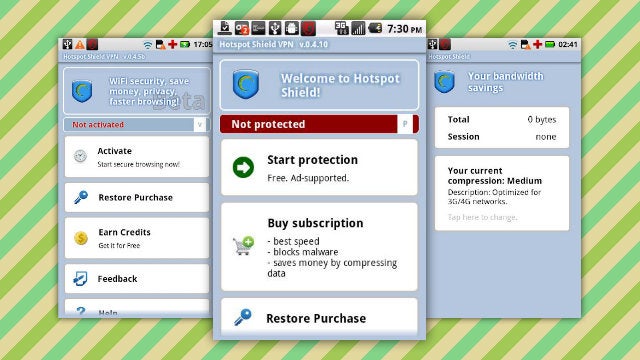Avast For Mac Delete Web Shield Log
Note the URL (That is the full path to the image and the link you will need. Email signatures. See how when clicking the sample you only get the logo and nothing else? • A basic text program (i.e.
Web Shield - Settings Manage these settings from: Settings ▸ Components ▸ Web Shield ▸ Customize Web Shield is an additional layer of active protection in Avast Antivirus. It scans data that is transferred when you browse the internet in real-time to prevent malware, such as malicious scripts, from being downloaded and run on your PC. By default, Web Shield is configured to provide optimal protection when switched on.
Now type “Avast” in the search box and click on it; The Avast software screen will appear > Select “Avast Security” option from the list; Now Select “Preferences” option; A new screen will appear that shows three different options for “Avast Shield,” which are Mail Shield, Web Shield, and File System Shield. Free Antivirus will help you protect your Mac from all kind of security threats. Free Antivirus comes with a Web Shield that will scan the websites opened in your browsers, the downloaded files, Java scripts and more, without slowing your Mac’s performance. Avast for Mac Free Download: Every computer user knows the importance of an antivirus software. So that they don’t get any kind of Trojan horses and virus. By putting the right security at a place then you need to worry about the virus. Managing HTTPS scanning in Web Shield in Avast Antivirus HTTPS scanning is a component of Web Shield in Avast Antivirus. HTTPS scanning protects your PC against malware delivered by TLS and SSL encrypted HTTPS traffic when you browse the web.
We therefore strongly recommend you keep this Shield turned on at all times and only make configuration changes if you have an advanced understanding of malware protection principles. Use the tabs on the left-side of the window to manage different aspects of Web Shield behavior. After making any changes, click OK to save Web Shield settings.
This screen allows you to set the main parameters for Web Shield. • Web scanning: scans all content on websites you visit while browsing the web. • Warn when downloading files with poor reputation: sends an alert message when a file with a bad rating or no rating at all based on reputation services is being downloaded. We recommend that only novice users tick this option. • Scan traffic from well-known browser processes only: resolves conflicts with less known browsers and other web applications that you trust if they are blocked by the Shield while trying to access the internet. By ticking this option, data traffic from these less known web applications is authorized and is not scanned for malware by the Shield. Additional options can be configured in the section.
• HTTPS scanning: scans websites with encrypted connections. If disabled, only websites with unsecured connections are scanned. • Use intelligent stream scanning: scans files continuously while they are being downloaded. If you untick this box, the whole file is downloaded to a temporary folder, then scanned. • Do not scan trusted sites: excludes websites with valid SSL certificates from scanning.
Can't Delete Avast

Avast Web Shield Certificate
• Block malware URLs: blocks untrusted websites based on a database of known malware URLs. • Script scanning: blocks malicious scripts from the web and other sources, including encrypted transfers via HTTPS connections. Additional options can be configured in the section. All settings are enabled by default, except the subsettings for Web Scanning. The Web scanning screen allows you to specify which type of content Web Shield scans. The following options apply if Web scanning is enabled in. • Scan all files: scans all downloaded files.
From the 'Header & Footer' group, click [Header] or [Footer]. From the drop-down menu, choose a Header or Footer style. Return to the 'Insert' tab. From the 'Text' group, click [Quick Parts] > Select 'Field.' Under 'Field names,' select 'FileName.' In the 'Field properties' section, select a format. In the 'Field options' section, check 'Add path to filename.' The file name will now appear in the header or footer. Word for mac insert file path in footer. Add path to filename - box. Make sure that there is a tick (check) in this box. Click on:- OK. You should now have the full path and file name inserted in the footer. If my comments have helped please Vote As Helpful.